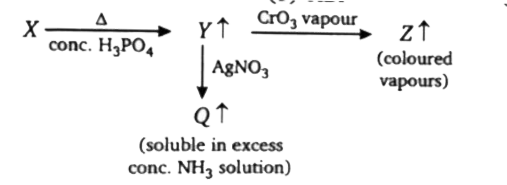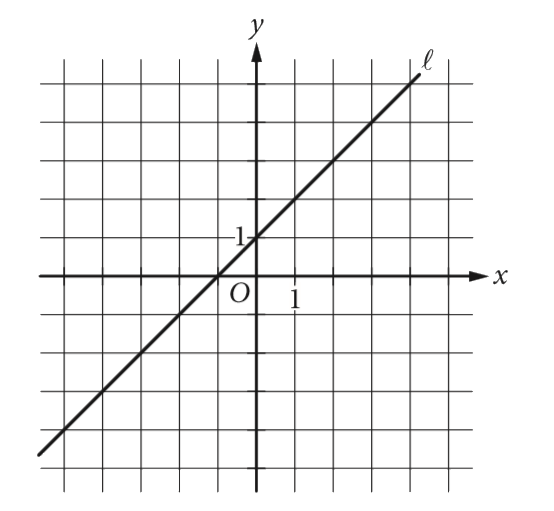Which of the following CANNOT occur when a line is in the same plane as a triangle ?
The points of the line inside the triangle and on the perimeter of the triangle divide the triangle into a triangle and a quadrilateral.
The line has exactly three points in common with the perimeter of the triangle.
The line has exactly one point in common with the perimeter of the triangle.
The triangle and the line have infinitely many points in common.
The correct Answer is:B
To solve the question, "Which of the following CANNOT occur when a line is in the same plane as a triangle?", we will analyze each option step by step.
1. Understand the Problem: We need to determine which scenario involving a line and a triangle cannot happen when both are in the same plane.
2. Evaluate Option A:
- The statement is: "The point of the line inside the triangle on the perimeter divides the triangle into a triangle and a quadrilateral."
- Analysis: If a line intersects the triangle and is on the perimeter, it can indeed create a triangle and a quadrilateral. This is possible.
- Conclusion: Option A can occur.
3. Evaluate Option B:
- The statement is: "The line has exactly three points in common with the perimeter of the triangle."
- Analysis: A line can intersect a triangle at most at two points (if it intersects at all) or can be a side of the triangle (in which case it has infinite points in common). It cannot have exactly three points of intersection with the perimeter.
- Conclusion: Option B cannot occur.
4. Evaluate Option C:
- The statement is: "The line has exactly one point in common with the perimeter of the triangle."
- Analysis: This is possible if the line touches the triangle at just one point (tangentially).
- Conclusion: Option C can occur.
5. Evaluate Option D:
- The statement is: "The triangle and line have infinitely infinite number of points in common."
- Analysis: This can happen if the line coincides with one of the sides of the triangle, leading to an infinite number of intersection points.
- Conclusion: Option D can occur.
6. Final Decision: After analyzing all options, we find that:
- Option A can occur.
- Option B cannot occur.
- Option C can occur.
- Option D can occur.
Thus, the answer to the question is Option B.
- The statement is: "The point of the line inside the triangle on the perimeter divides the triangle into a triangle and a quadrilateral."
- Analysis: If a line intersects the triangle and is on the perimeter, it can indeed create a triangle and a quadrilateral. This is possible.
- Conclusion: Option A can occur.
- The statement is: "The line has exactly three points in common with the perimeter of the triangle."
- Analysis: A line can intersect a triangle at most at two points (if it intersects at all) or can be a side of the triangle (in which case it has infinite points in common). It cannot have exactly three points of intersection with the perimeter.
- Conclusion: Option B cannot occur.
- The statement is: "The line has exactly one point in common with the perimeter of the triangle."
- Analysis: This is possible if the line touches the triangle at just one point (tangentially).
- Conclusion: Option C can occur.
- The statement is: "The triangle and line have infinitely infinite number of points in common."
- Analysis: This can happen if the line coincides with one of the sides of the triangle, leading to an infinite number of intersection points.
- Conclusion: Option D can occur.
- Option A can occur.
- Option B cannot occur.
- Option C can occur.
- Option D can occur.
Topper's Solved these Questions
Similar Questions
Knowledge Check
Which of the following changes occurs when a skeletal muscle contracts?
AA bands shortenBI bands shortenCZ lines slide farther apartDActin filaments contract
Which of the following occur at the same trophic level ?
View SolutionWhich of the following cannot be acylated ?
View SolutionIn which of the following species maximum atom can lie in same plane ?
View Solution
Which of the following anion cannot be in X?
View Solution
Which of the following anion cannot be in X?
View SolutionWhich of the following cannot be polarised?
View SolutionWhich of the following cannot be a base?
View Solution



